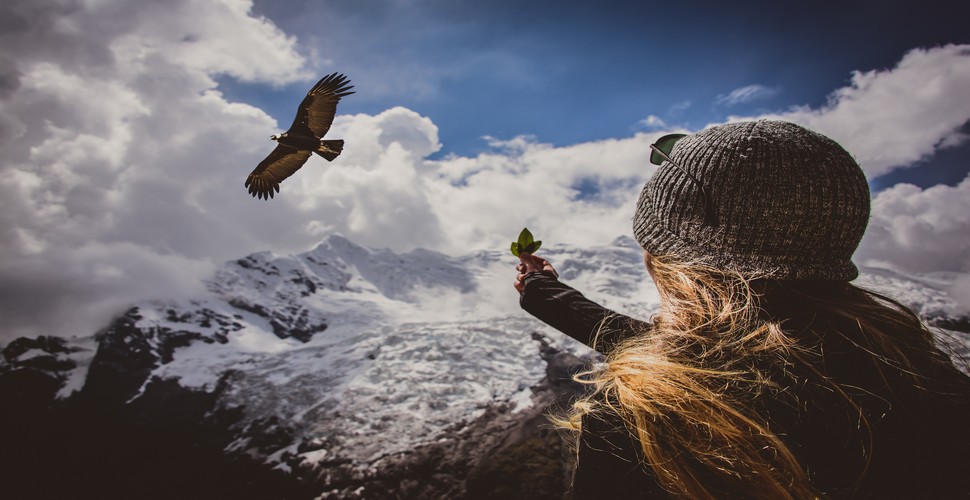

Claire Dean
Travel in South America is a joy to behold. The rich variety of destinations, experiences, landscapes and geography fascinated me so much, that I chose to relocate here, over 20 years ago! The best thing I ever did! Allow me to share my knowledge and passion for Central and South America with you and help you plan your holiday of a lifetime!

Peru's Top Trekking Options
Written by:Claire Dean
Last Update: 2025-01-19
Peru is characterized by three topographical regions the mountains, jungle and coastal regions, making it the ideal destination for outdoor enthusiasts as all roads appear to head out towards an impressive hiking trail.
As you ascend The Andes you will witness exhilarating, high-elevation lakes of crystal-clear glacial water hue; venturing to the Amazon region is the opportunity to view an impressive array of flora and fauna in its untouched greenery. Finally, at a lower elevation, the desert coast around the capital city of Lima has a few hidden gems for even the most amateur of adventurists. Here are our picks for the best spots for trekking in Peru.
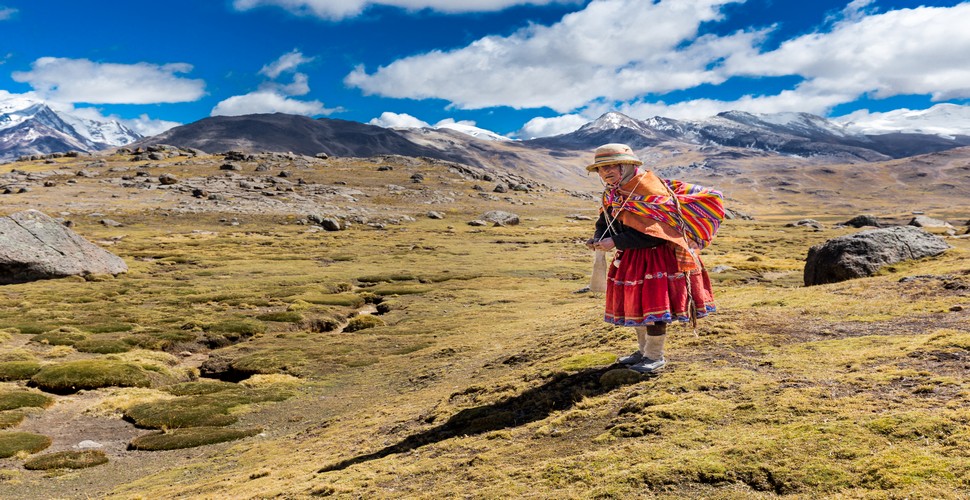
Ausangate Region
Inca Trail to Machu Picchu
Distance: 26 miles / 42km
The rugged, high altitude trek of this historic Inca Trail (Camino Inka) is the most famous trek in Peru and thousands come to hike its diverse landscapes to arrive at Machu Picchu.
Starting off at Kilometer 82 of the Inca Trail, the classic route steadily ascends as it cuts through valleys, Andean villages and mountains, crosses rivers to smaller Inca ruins. The final climb is up a set of stairs that lead to the Sun Gate (Inti Punku), from where Machu Picchu comes into sight after 4 days of hiking. As a means of preservation, a maximum of 500 people are allowed on this spectacular trail including the necessary guides and porters. This hike needs to be planned months ahead as the Inca Trail permits sell out quickly and, with a highest elevation of 4200m, adequate preparation is vital.
The Choquequirao Trek
Distance: 28 miles /45km
Authentic and remote, Choquequirao is the more challenging and isolated alternative to Machu Picchu for hikers seeking a route steeped in Inca history. Located in the Apurimac Valley, this archaeological site whose name means "cradle of gold” in Quechua, is believed to be three times bigger than its famous sister city of Machu Picchu and can only be reached on foot.
The starting point is from the village of Cachora walking to the Capuliyoq pass, from where trekkers descend into the Apurimac Canyon. Terraced farmlands on the edge of the canyon’s river eventually give way to an exhilarating shift from vertical desert to high-elevation jungle as hikers ascend to the site. Finally, after reaching 10,000ft above sea level (3050m), hikers can appreciate the impressive view of the magnificent ruins. It is estimated that half of the site of Choquequirao has been excavated and today there are 12 visible sectors across three hilltops can be seen with the added bonus of very few, if any other visitors to the archaeological site.
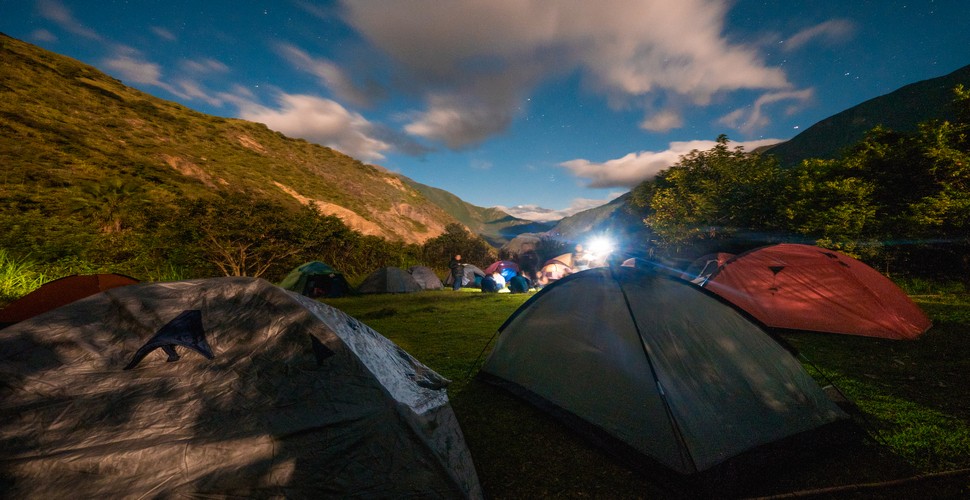
Chiquisca Campsite, Choquequirao
The Lares Trek
Distance: 21 miles (34 km)
Lares trek is one of the best treks in Peru for hikers who are also culture enthusiasts. It winds through the Sacred Valley, passing through Andean villages and llama herds. In fact, it is even nicknamed the “Weaver’s Route” for the traditions of textiles the area. On top of cultural heritage, Lares boasts incredible mountain views and hot springs. Most consider Lares to be a moderate trek. However, it’s still at high elevation, reaching higher than the Inca Trail, that can be tough if you’re not acclimated. This trail is another alternative to the Inca Trail but ends far from Machu Picchu. On the third day of the trek, you end in Ollantaytambo where you take the train to Aguas Calientes. On the fourth day, you are able to tour the Inca citadel Machu Picchu. If you missed out on the Inca Trail and still dream of walking through the Sun Gate, it’s still possible. You can combine the first two days of Lares with the 2-day Inca Trail to experience both of these incredible treks.
Marcahuasi
Distance: 5 miles (8km)
Surreal geography and rock formations make Marcahuasi an excellent overnight camping experience from Lima. The trailhead is a 6-hour drive from the capital and while the distance of the hike is not so long and the trail itself well marked; the real challenge is overcoming the altitude. Found at 4000m elevation, Marcahuasi is a naturally-formed stone forest with carvings of human faces and animals. Though it is considered by many locals to have healing powers, the view of a clear night sky full of stars is undeniably mind-blowing. With a dramatic elevation gain, it is important that hikers are acclimatized before ascending to Marcahuasi. Horses and donkeys can be hired at the entrance at San Pedro de Casta.
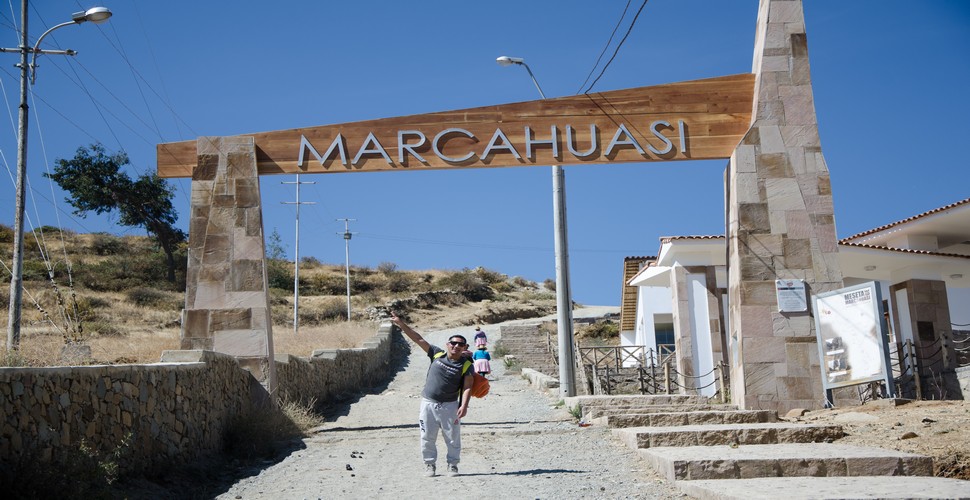
Marcahuasi Trek
Laguna 69 Trek
Distance: 8 miles (13km)
Found in Huascaran National Park, Laguna 69 is one of the most stunning places in Peru and only a handful of tourists visit his region. With snow-capped mountains as the backdrop, the turquoise water of the lakes makes it well worth the climb. This scenic trek begins after a two-hour drive from Huaraz in north-central Peru. Livestock and cattle, cascading waterfalls and rolling meadows will accompany you, as well as the towering peaks of Cordillera Blanca. The trail gently eases into an ascent for most of the route, however, the last 30-40 minutes are the most difficult. The elevation of Laguna 69 reaches over 4600m, so make sure you acclimatize in the city of Huaraz beforehand.
The Salkantay Trek
Distance: 32 miles (51 km)
Salkantay is a spectacular alternative Inca Trail when permits are sold out for the Inca Trail. When it comes to Andean landscapes, you couldn’t ask for more and the Salkantay trek covers several Andean microclimates. First, trekkers climb up into the alpine tundra facing the imposing Apu Salkantay. Then you descend into subtropical cloud forest as you approach Machu Picchu. The vibrant blue-green Humantay Lake also sits along the trail, as well as the Inca ruins Llactapata. Trekkers will also enjoy soaking in hot springs at Santa Teresa and enjoying locally grown, freshly roasted and brewed coffee. The Salkantay trek takes five days. The first four days are full trekking days, while the fifth day is the visit to Machu Picchu. Salkantay ends at Aguas Calientes where you can hike the train tracks into Aguas Calientes or take the daily train. You will spend the night in a hotel before the Machu Picchu visit.
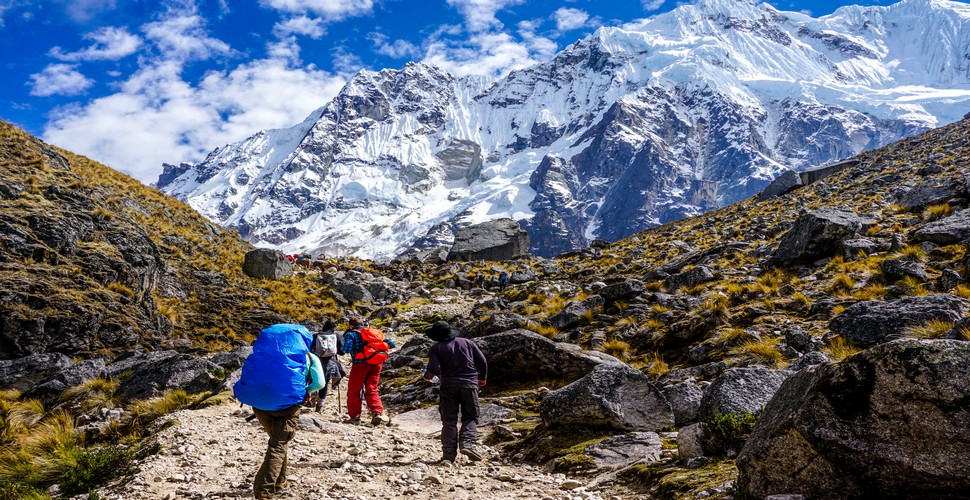
Salkantay Trek
Gocta Waterfalls
One of the tallest waterfalls in the world, Gocta was only rediscovered and brought to international interest in 2002. Cascading down from the cloud forest of northern Peru’s Amazonas Region, the two-drop waterfall measuring 771m tall, is surrounded by lush flora.
To witness the lower and upper falls, begin the trek at the trailhead in San Pablo, a short bus ride away from the town of Chachapoyas. The well-marked trail leads past small villages and coffee plantations as well as plenty of viewpoints of canyons and deep valleys. The hike to the upper fall is more scenic, however, the complete view of Gocta seen from the base of the lower fall is unparalleled. The loop finishes in Cachuma from where transportation back to Chachapoyas can be found. The best time to complete the full circuit to Gocta waterfalls is between April and June, just after the rainy season has ended and the falls are water-filled and more dramatic.
Sangalle trek to Colca Canyon
Distance: 5 miles (8km)
The world’s second deepest canyon, Colca is cradled by desert hillsides 6 hours outside of Arequipa and home to the impressive Andean condor. There are various trails that lead down the terraced hillside and back up the canyon, connecting small villages along the way. Even day hikes from the nearby town of Chivay down to hot springs can be enjoyed, but the thrill of camping in the bed of the canyon should not be missed if time allows. The Cabanaconde-Sangalle-Cabanaconde route is a well-trodden path as the village tucked in the depths of Colca provides hikers with comfortable overnight accommodations and refreshing swimming pools. This hike can be done without a guide and for those short on time, it can be done in one day however the 2-3 hour climb from Sangalle Oasis back up to Cabanaconde is best done in the cooler morning hours. Either way, take lots of water and sunscreen.
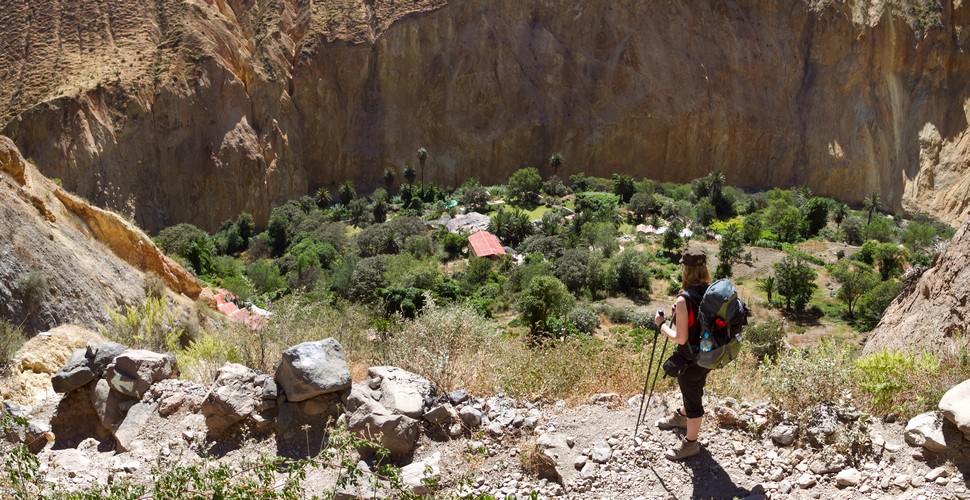
Sangalle Oasis, Colca Canyon
Cordillera Huayhuash
Distance: 75 miles (120km)
Touching the Void by Joe Simpson was written specifically about this trek and adventure travelers from around the world continue to visit Peru to create their own narrative of this 12-day epic route.
Glacial lakes of sapphire blue, Andean peaks, glaciers and a surprising diversity of flora and fauna paint the scene of this two-week trek that passes through 4000-5000m terrain. It is natural beauty like this that has gained the Cordillera Huayhuash trek a reputation as one of the top hiking circuits in the world.
Due to the extreme length and altitude of this trek, it's rare to pass people other than the people who have made a home in this mountain range, often farming alpaca or llamas. Thus, it is strongly recommended to go with a guide and a reputable company. Acclimatize in Huaraz before heading off to Cuartelwain, 5 hours away, from where each trekking day will average six hours of hiking until finishing in Llámac. This circuit is best completed during the dry season that runs from May to September.
Ausangate Trek
Distance: 43 miles (73 km)
The Ausangate trek is one of the best off the beaten path treks in Peru. The trail is remote and boasts spectacular and untouched Andean scenery. Highlights include the snow-capped peaks, glaciers, jewel-toned lakes and traditional Andean villages. There is also the option to add an extra day to visit the famous Rainbow Mountain Vinicunca. Thanks to mineral deposits in its soil, this mountain has natural rainbow colors, more visible now the snow caps have melted.
However, trekkers should keep in mind that this is one of the more difficult Peruvian treks due to the high elevation, reaching a high point of 5,120 meters. With tour options ranging from four days to six, it’s best to pick a longer tour if you’re not an experienced hiker. This will give you more time to rest along the trail and better enjoy the impressive landscape. If you don’t have time for the multi-day Ausangate trek, you can spend a full day hiking to the top of Rainbow Mountain.
